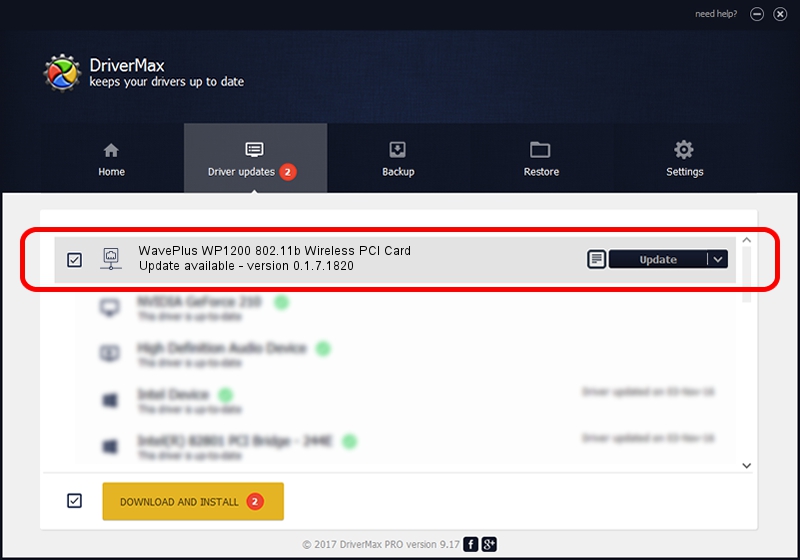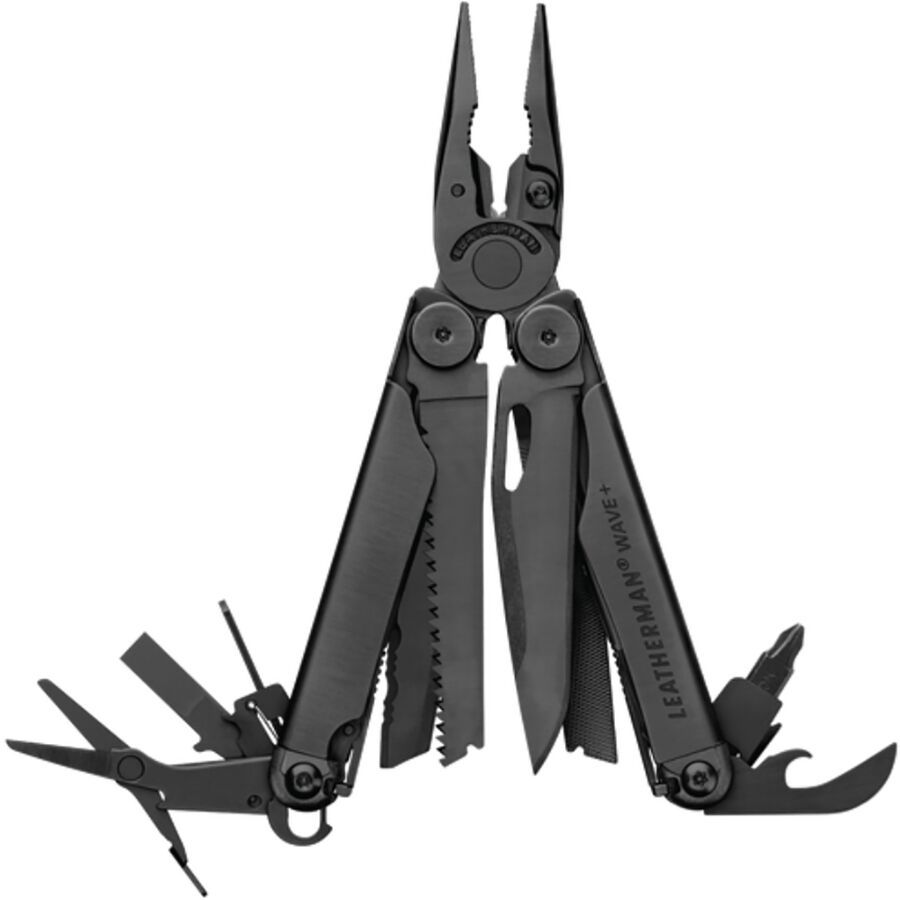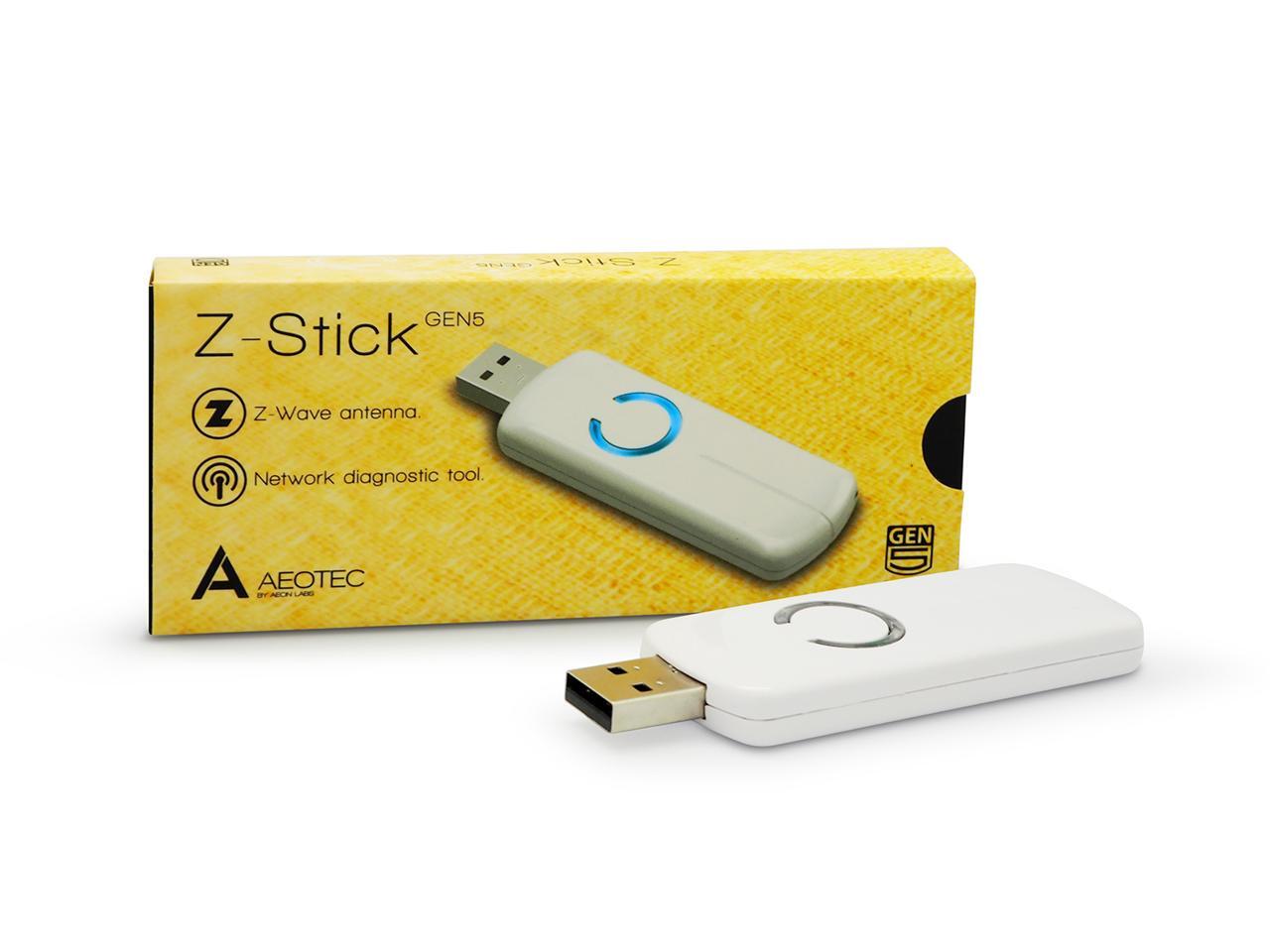Z-Wave 700 Series End Device Software Features and Benefits. The Z-Wave 700 Series End Device software from Silicon Labs enables end devices such as security sensors, doorlocks, light switches/bulbs and many more to benefit from the pre-certified Z-Wave applications, all certified under the latest certification program from the Z-Wave Alliance. Drivers, Files & SDK Downloads. Welcome to our download tool. By downloading a driver, you agree to the terms and conditions of the applicable End User License Agreement (EULA) on behalf of yourself and the company you represent. View the applicable EULA by clicking on the EULA link in the Notes. Choose a category to begin.
What do I need to work from home?
Popular in Work From Home Resources
My Account
Sign up for a Monoprice Account to gain additional access to order history, and more. Check out all the additional acces
Ordering
Find out more about our ordering process here.
Payment
Learn more about our payment process, including what payment options here.
Pricing & Promotions
Check out these articles to learn more about our pricing and promotions policies.
Shipping
Learn more about shipping methods and policies to help you find your package.
Returns
Learn more on our return process and policy here.
Store & Will Call
Learn more about our Store & options for our Will Call pickup.
Driver Plus App
Popular in Customer Service
Business Account
Learn about what a business-to-business relationship with Monoprice can do for you
Subaccounts
How to add multiple users to your main business account
Quotes
Obtain pricing and availability before you purchase
Payments
Information on payment methods, tax and invoices
Orders
Placing orders
Customer Service Inquiries
General questions
Shipping
Adding your own shipping accounts.
Popular in Business Services
3D Printing Videos
Introductions, Troubleshooting, How-To’s, and Set-Up videos.
Common Issues
Solutions to problems you may run into with your 3D Printer.
Maker Select 3D Printer
Troubleshooting and Set up guides for Product ID 13860.
Accessories and Filament
Helpful guides for all the odds and ends to go with your 3D printer.
MP Select Mini
Troubleshooting and Set up guides for Product ID 15365 & 21711.
Maker Ultimate 3D Printer
Troubleshooting and Set up guides for Product ID 15710.
3D Printer Support Documents
Manuals and Quick Start Guides
Popular in 3D Printing & Videos
Audio Cables
Analog or Digital? Find more information on different types of audio cables.
Computer Cables
From Data connections to Video set ups, learn more about computer cables.
HDMI Cables
Look here to see what HDMI cables have to offer.
Networking Cables
Looking to learn more about Cat5, Cat6, and more? Take a look here to see more.
USB-C
Built to be one connection for everything, learn more about what USB-C is ready to offer.
Buyer's Guides
Helpful guides that will help point you to the products you need.

Waveplus Driver Download Windows 7
Popular in Cables
Switches & Splitters
Multiple sources, and multiple displays? Click here to figure out what you need.
Video Converters
Something doesn’t match? Find more information on converting video connections.
Popular in Adapters, Switches, & Splitters
Antennas
Ditching your monthly bill? Check out some contract free solutions for television.
Audio & Speakers
Bring the movie experience to your home with surround sound and more.
Headphones
Not sure what style fits your needs? Click here for more info.
Mounts
Looking for the right mount for your TV? We’ve got you covered.
Projector & Projector Screens
We can help you pick out the right screen for your setup.

Popular in Audio/Video
Computer Accessories
Things to consider for your PC needs.
Graphic Tablets
Quick fixes for issues you may run into with your tablet.
Ink & Toner
Tips on maintain your printer.
Monitor
Compare different specs to find what the right model.
Networking
Get some pointers for building your network.
Troubleshooting Info
Tips on common issues.
Stitch
How our home connectivity system integrates with your household.
Popular in Computers & Networking
Guitars
Getting ready to rock out? Learn more about our Guitars here.
Stage Lighting & Sound
Take Center stage with our Lights and Live Sound products.
Popular in Pro Audio & Musical Instruments
DIY
Take things into your own hands. Check out helpful guides on our DIY products.
Tools
Need help finding the right tool to use on your project? Here are a few helpful guides.
Power Banks
Learn more about portable Power Banks and Battery Packs here.
Popular in Mobile, Tools & DIY
-->Application programs rely on a combination of user-mode and kernel-mode components to capture (input) and render (output) wave streams. A wave stream is a digital-audio stream whose data format is described by a WAVEFORMATEX or WAVEFORMATEXTENSIBLE structure.
An application can use either of the following software interfaces for wave rendering and capture:
Microsoft Windows Multimedia waveOutXxx and waveInXxx functions
DirectSound and DirectSoundCapture APIs
The behavior of the waveOutXxx and waveInXxx functions is based on the capabilities of legacy wave drivers and devices. Beginning with Windows 98, the WDMAud system driver translates calls to these functions into commands to WDM audio drivers. However, by emulating the behavior of older software and hardware, the waveOutXxx functions sacrifice the 3-D sound effects and hardware acceleration that are now available through the DirectSound API. For more information about DirectSound and the Windows Multimedia wave functions, see the Microsoft Windows SDK documentation.
DirectSound and the Windows Multimedia wave functions are clients of the SysAudio system driver, which builds the audio filter graphs that process the wave and DirectSound streams. Graph building is transparent to the applications that use these software interfaces.
Wave Components

The following figure shows the user-mode and kernel-mode components that a wave application uses to render or capture a digital audio stream consisting of wave PCM data.
The rendering components appear on the left side of the preceding figure, and the capture components appear on the right. The boxes representing the wave miniport driver are darkened to indicate that these are vendor-supplied components. The other components in the figure are system-supplied.
At the top left of the figure, the wave-rendering (or 'wave-out') application interfaces to the WDM audio drivers through the waveOutXxx functions, which are implemented in the user-mode WinMM system component, Winmm.dll. The application reads blocks of wave audio samples from a file and calls the waveOutWrite function to render them.
WDMAud, which consists of both user-mode and kernel-mode components (Wdmaud.drv and Wdmaud.sys), buffers the wave data from the waveOutWrite call and outputs the wave stream to the KMixer system driver, which appears below WDMAud in the figure.
KMixer is a system component that receives wave PCM streams from one or more sources and mixes them together to form a single output stream, which is also in wave PCM format.
KMixer outputs a wave stream to a WaveCyclic or WavePci device, whose port and miniport drivers appear below KMixer on the left side of the preceding figure. The miniport driver binds itself to the port driver to form the wave filter that represents the underlying audio rendering device. A typical rendering device outputs an analog signal that drives a set of speakers or an external audio unit. A rendering device might also output digital audio through an S/PDIF connector. For more information about WaveCyclic and WavePci, see Wave Filters.
Alternatively, KMixer can pass its output stream to a USB audio device, which is controlled by the USBAudio class system driver (not shown in figure), instead of a WaveCyclic or WavePci device.
An adapter driver creates an instance of a WaveCyclic or WavePci port driver by calling PcNewPort with a GUID value of CLSID_PortWaveCyclic or CLSID_PortWavePci, respectively.
The right side of the preceding figure shows the components that are needed to support an application that captures wave data to a file. The wave-capture (or 'wave-in') application communicates with the WDM audio drivers through the waveInXxx functions, which are implemented in the WinMM system component.
At the lower right corner of the figure, the wave-capture device is controlled by wave miniport and port drivers. The port and miniport drivers, which can be of type WaveCyclic or WavePci, bind together to form a wave filter that represents the capture device. This device typically captures an analog signal from a microphone or other audio source and converts it to a wave PCM stream. The device might also input a digital audio stream through an S/PDIF connector.
The wave port driver outputs its wave stream either to KMixer or to WDMAud directly. The stream must pass through KMixer if it needs to be sample-rate converted before WDMAud receives it. A system that performs simultaneous rendering and capture of audio streams might require two instances of KMixer, as shown in the figure. Note that SysAudio automatically creates these instances as they are needed.
Alternatively, the source of the captured wave stream can be a USB audio device instead of a WaveCyclic or WavePci device. In this case, the USBAudio driver (not shown in figure) passes the stream to KMixer.
Regardless of whether the wave stream is captured by a USB device or by a WaveCyclic or WavePci device, KMixer performs sample-rate conversion on the stream, if needed, but does no mixing with other streams. KMixer outputs the resulting stream to Wdmaud.sys, the kernel-mode half of the WDMAud system driver. The user-mode half, Wdmaud.drv, outputs the wave stream to the application program through the waveInXxx functions, which are implemented in Winmm.dll. Finally, at the top of the figure, the wave-capture application writes the wave data to a file.
Waveplus Driver Download
At the time that the wave-capture application calls the waveInOpen function to open the capture stream, it passes in a pointer to its callback routine. When a wave-capture event occurs, the operating system calls the callback routine with a buffer containing the next block of wave samples from the capture device. In response to the callback, the application writes the next block of wave data to the file.
Driver Update Plus Download
DirectSound Components
The following figure shows the user-mode and kernel-mode components that are used by a DirectSound application program to render or capture wave data.
The rendering components are shown in the left half of the preceding figure, and the capture components appear on the right. The wave miniport drivers are shown as darkened boxes to indicate that they are vendor-supplied components. The other components in the figure are system-supplied.
At the top left of the figure, a DirectSound application loads wave data from a file to a sound buffer that the user-mode DirectSound system component (Dsound.dll) manages. This component sends a wave stream to a WaveCyclic or WavePci device, whose port and miniport drivers appear at the lower left in the figure. If a hardware mixer pin is available on the device, the stream passes directly to the wave port driver, bypassing KMixer. Otherwise, the stream first passes through KMixer, which mixes it with any other simultaneously playing streams. KMixer outputs the mixed stream to the port driver.
As before, the miniport driver binds itself to the port driver to form the wave filter that represents the underlying audio rendering device. This device might play the stream through a set of speakers, for example.
Alternatively, the wave stream can be rendered by a USB audio device instead of a WaveCyclic or WavePci device. In this case, the stream cannot bypass KMixer; the USBAudio class system driver (not shown in figure) always passes the stream to KMixer.
The right side of the preceding figure shows the components that support a DirectSoundCapture application. The application records wave data that is receives from a WaveCyclic or WavePci capture device. This device converts an analog signal from a microphone, for example, to a wave stream. The device's wave port and miniport drivers appear at the lower-right corner of the figure. As shown in the figure, the port driver receives as input the stream from the miniport driver and outputs it either directly to the user-mode DirectSound component, Dsound.dll, or indirectly through KMixer. This depends on whether a hardware capture pin is available from the capture device.
Wave Software Driver
Alternatively, the source of the captured wave stream can be a USB audio device. In this case, the stream cannot bypass KMixer; the USBAudio driver (not shown in figure) always passes the stream to KMixer.
Driver Plus Maintenance
If KMixer is inserted into the path of the capture stream, it performs sample-rate conversion on the stream, if needed, but does no mixing with other streams.
Waveplus Driver Download Windows 10
At the top-right corner of the preceding figure, the application reads the wave data from the DirectSoundCapture buffer and writes it to the file.
